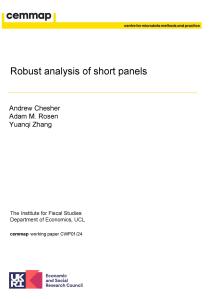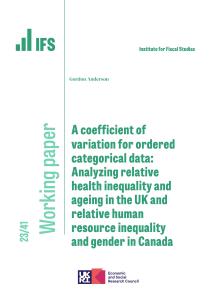Economic models for hedonic markets characterize the pricing of bundles of attributes and the demand and supply of these attributes under different assumptions about market structure, preferences and technology. (See Jan Tinbergen, 1956, Sherwin Rosen, 1974 and Dennis Epple, 1987, for contributions to this literature). While the theory is well formulated, and delivers some elegant analytical results, the empirical content of the model is under debate. It is widely believed that hedonic models fit in a single market are fundamentally underidentified and that any empirical content obtained from them is a consequence of arbitrary functional form assumptions. The problem of identification in hedonic models is a prototype for the identification problem in a variety of economic models in which agents sort on unobservable (to the economist) characteristics: models of monopoly pricing (Michael Mussa and Sherwin Rosen, 1978; Robert Wilson, 1993) and models for taxes and labor supply (James Heckman, 1974). Sorting is an essential feature of econometric models of social interactions. (See William Brock and Steven Durlauf, 2001). In this paper we address the sorting problem in hedonic models. Nesheim (2001) extends this analysis to a model with peer effects. In this paper we note that commonly used linearization strategies made to simplify estimation and justify the application of instrumental variables methods, produce identification problems. The hedonic model is generically nonlinear. It is the linearization of a fundamentally nonlinear model that produces the form of the identification problem that dominates discussion in the applied literature. Linearity is an arbitrary and misleading functional form when applied to empirical hedonic models. Our research establishes that even though sorting equilibrium in a single market implies no exclusion restrictions, the hedonic model is generically nonparametrically identified. Instrumental variables and transformation model methods identify economically relevant parameters even 1 without exclusion restrictions. Multimarket data, widely viewed as the most powerful source of identification, achieves this result only under implausible assumptions about why hedonic functions vary across markets.









